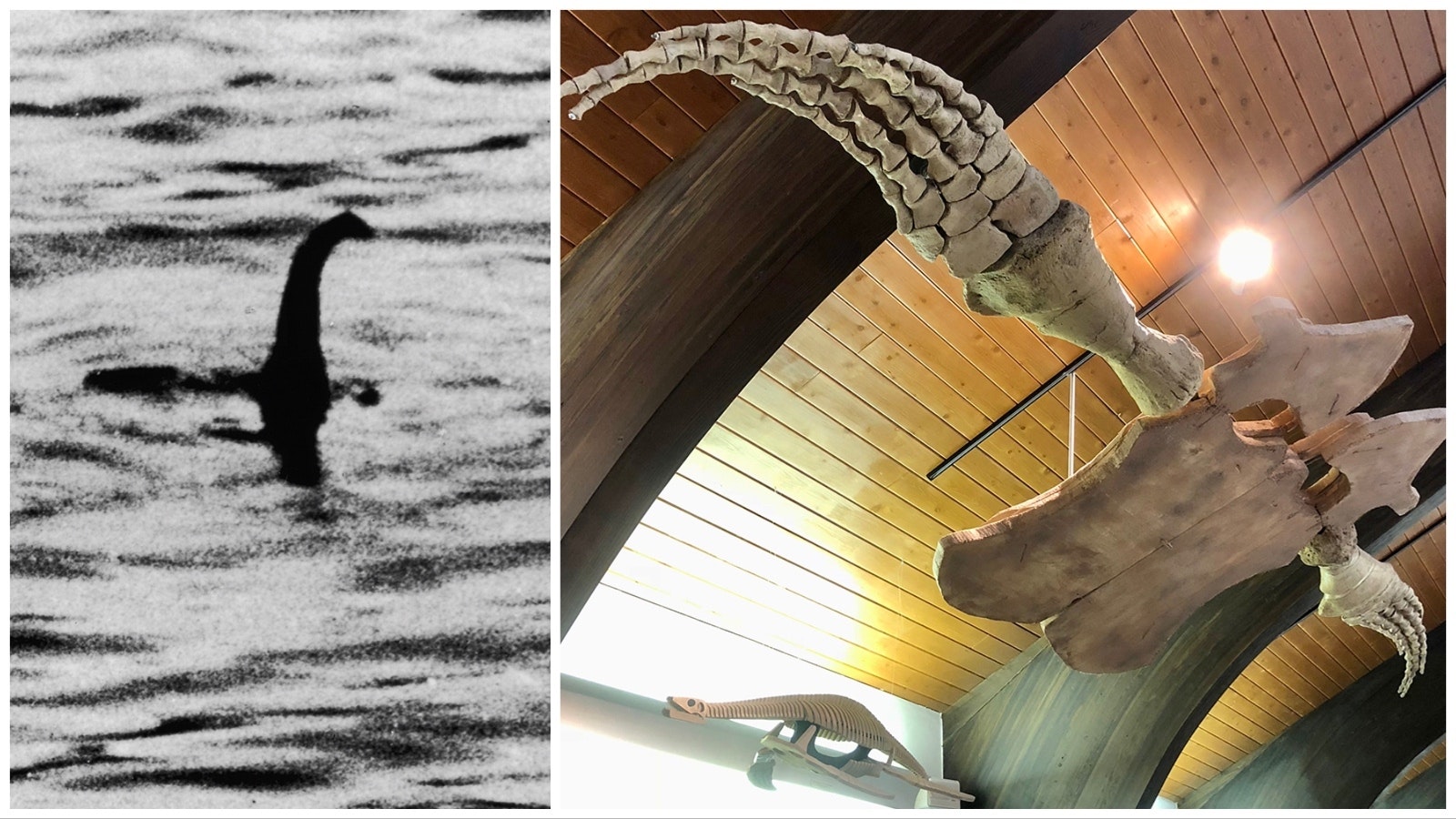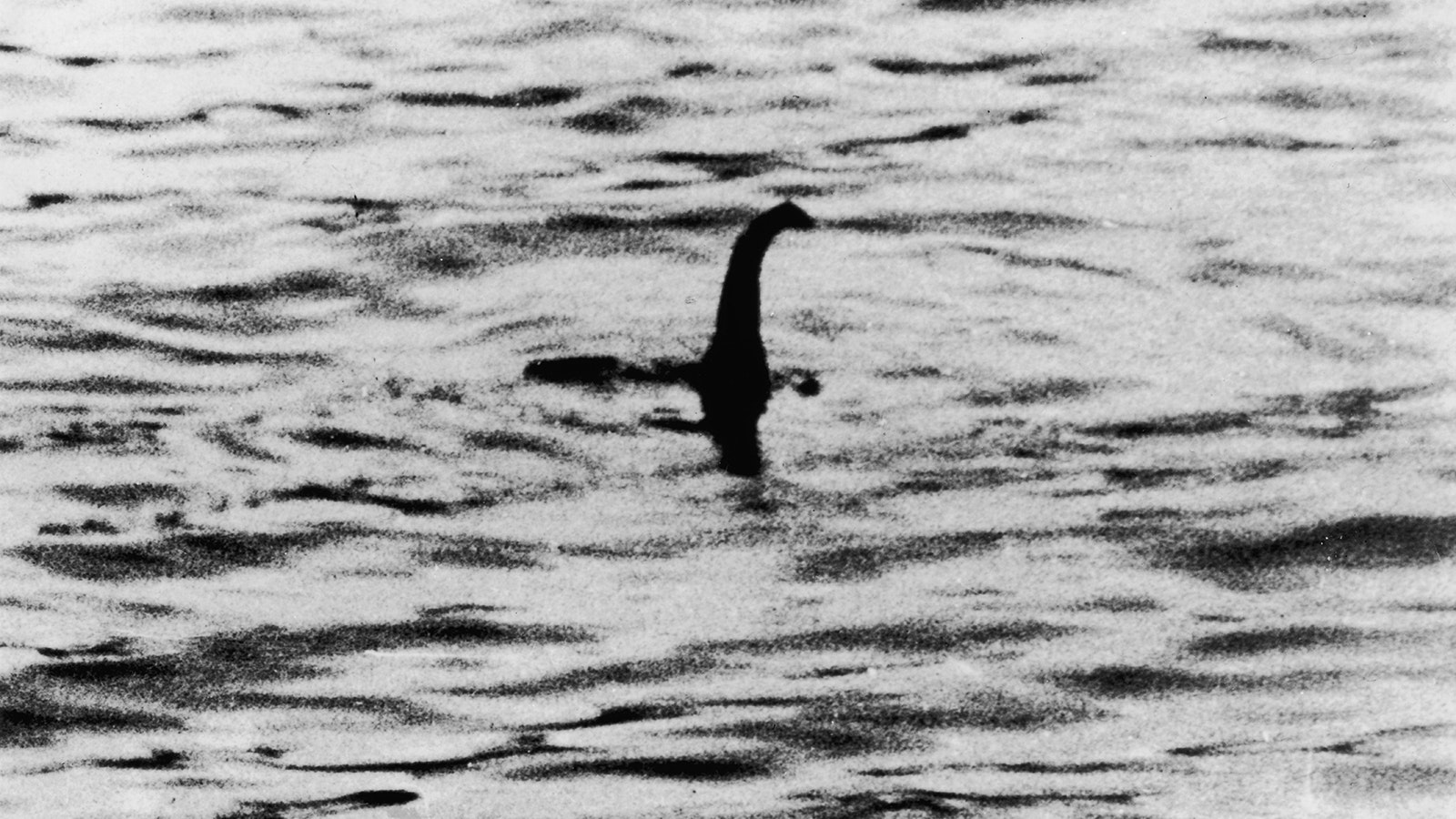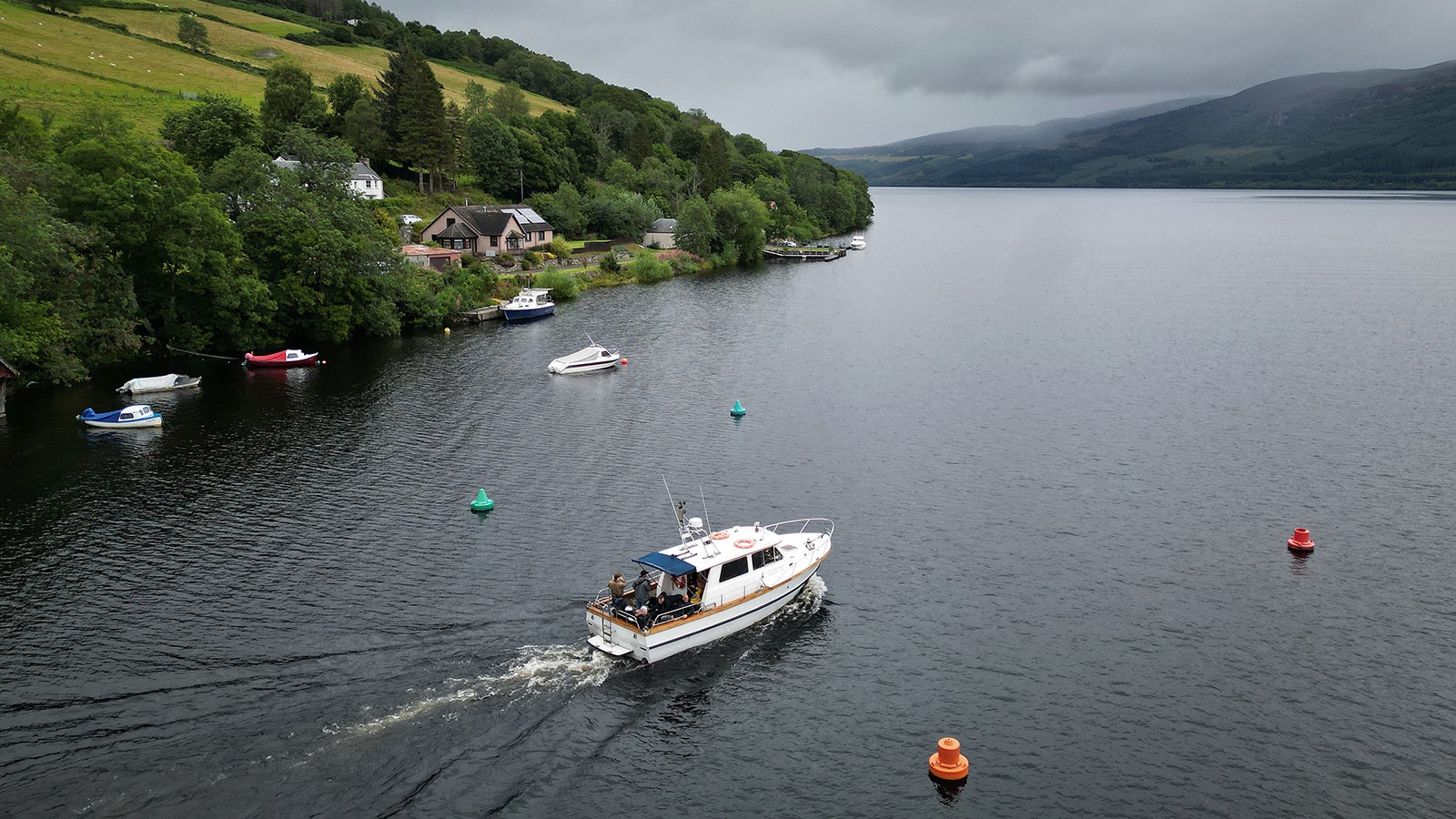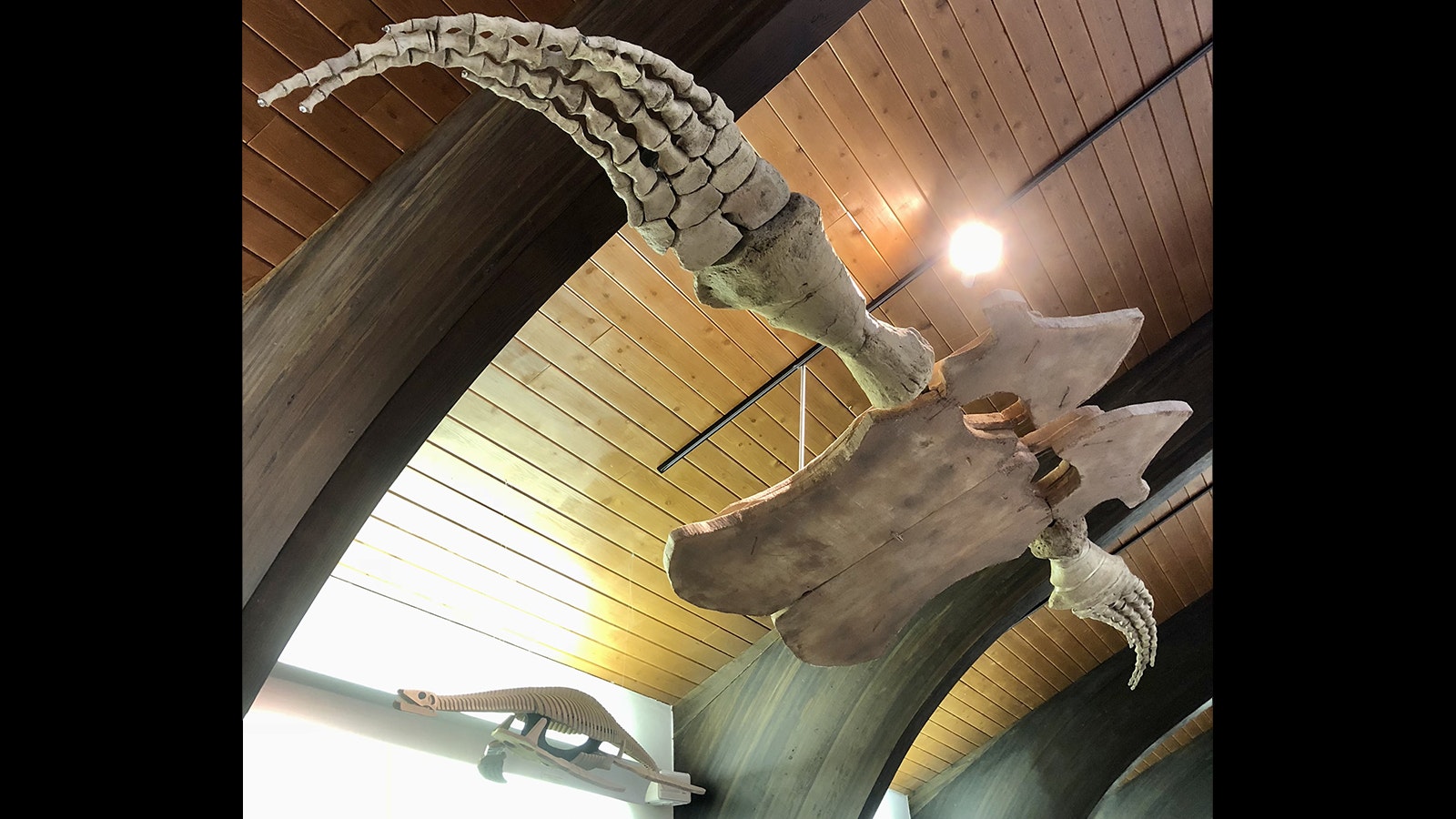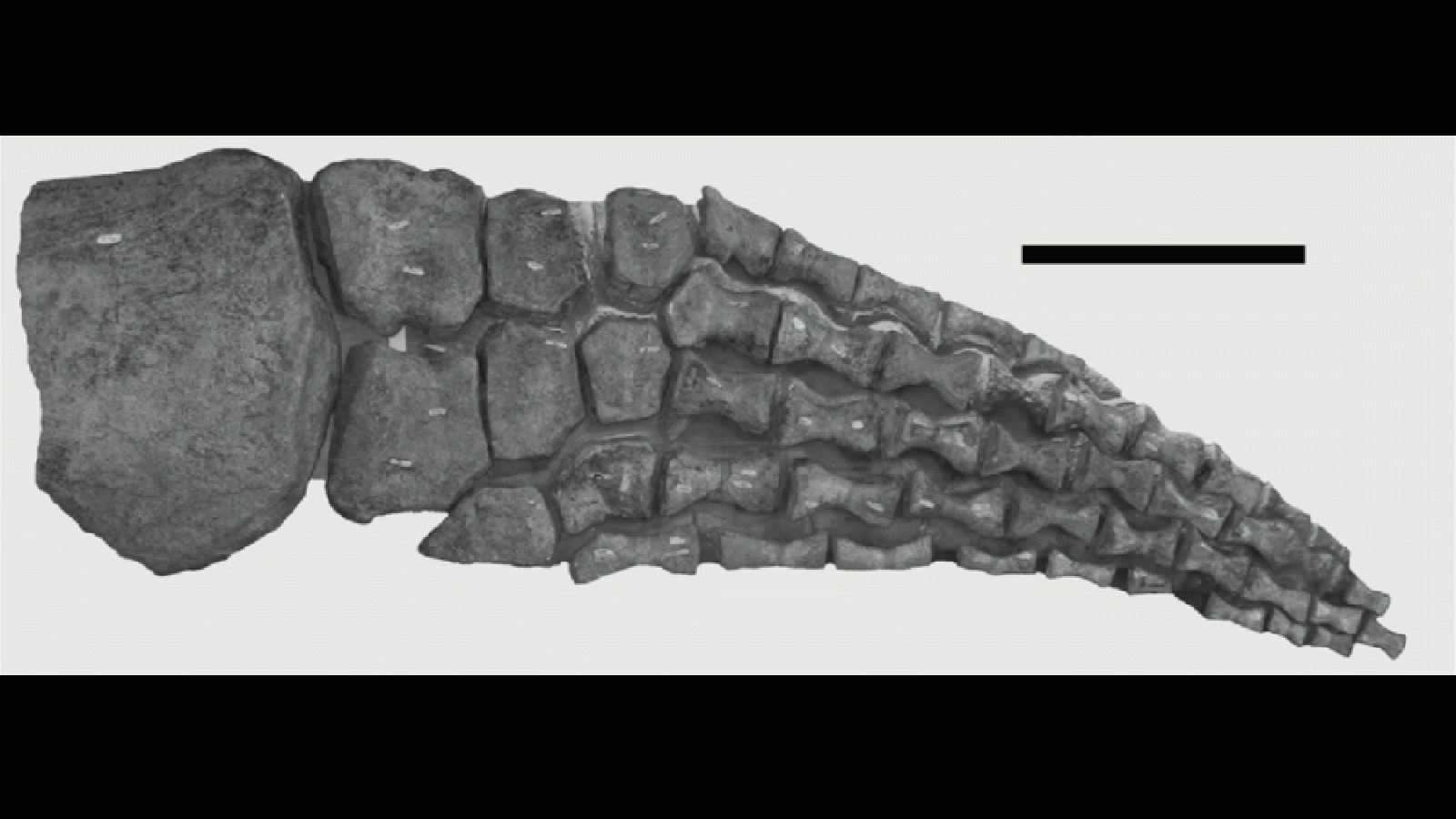Hundreds of volunteers from all over the world spent the weekend on Scotland’s Loch Ness in a massive monster hunt.
For two days, people went out on the water and surveyed from the shore of the large lake, looking for any signs of the legendary Loch Ness Monster.
The largest search for the Loch Ness Monster in 50 years included drones, underwater microphones and thermal imaging. However, except for a few “distinctive sounds” recorded in the water of the famous Scotland loch, there was no sign of Nessie.
The earliest sighting of a monster in Loch Ness dates back to 535 A.D., but Nessie became a worldwide phenomenon after the famous “surgeon’s photo” was published in 1934. Decades later, the monster in the photo was revealed to be a sculpted head and neck attached to a toy submarine.
There are many theories on what Nessie could be. Most who believe in the creature say the Loch Ness Monster is a plesiosaur, a prehistoric marine reptile that somehow survived hundreds of millions of years into modern times.
A Diet Of Drunk Scotsman
Paleontologist Bill Wahl is an expert on marine reptiles, particularly from the Sundance Formation in Wyoming. The rock formation preserves fossils from plesiosaurs that lived in a shallow inland sea that covered most of Wyoming during the Middle Jurassic Period, around 155 million years ago.
Wahl doesn’t buy into the sensation surrounding the Loch Ness Monster.
“It’s just a bunch of drunk Scotsman bumping up tourism,” he told Cowboy State Daily. “It’s human nature to think there’s a monster in there. So when there’s a stick out there in the water that looks like the head of something, and you’ve just had the fifth of Jack Daniels, what do you expect?”
Jokes aside, Wahl says there are many reasons a plesiosaur couldn’t survive in Loch Ness.
Plesiosaurs lived in warm saltwater seas like many ancient and modern marine reptiles. Loch Ness is a cold, freshwater lake with no connection to any saltwater sea or ocean.
Then there’s the question of diet. Even if Loch Less is large enough to house and hide a monster, it needs to sustain itself.
“If there’s the capacity for something to live there, it requires an awful lot of food,” Wahl said.
Wahl has studied preserved gut contents of plesiosaurs found in the Sundance Formation. While plenty of fish live in Loch Ness today, Wyoming’s plesiosaurs ate squid relatives with hard shells called belemnites.
“I don’t know what the Loch Ness Monster would eat other than a drunk Scotsman that fell into the lake,” he said.
Wahl also noted that no individual animal can live millions of years. For Nessie to survive this long, there would have to be a “Mr. Nessie” and lots of little Nessies over countless generations.
While there may be enough fish and drunk Scotsman to keep one Loch Ness Monster alive, sustaining an entire population would take a lot more.
Drunk Scotsman are good for feeding the legend of the Loch Ness Monster, which keeps bringing visitors to northern Scotland in the hopes of seeing the monster.
"It's good tourism," Wahl said.
Real Sea Monsters Of Wyoming
While this weekend’s search was fruitless, Wahl has excavated plenty of real sea monsters in Wyoming, including some that could be confused for the Loch Ness Monster.
In 2008, Wahl and other paleontologists discovered an articulated fin from the largest marine reptile ever found in Wyoming. Megalneusaurus was a short-necked plesiosaur that grew up to 30 feet long with a head as long as 6 feet and would’ve eaten the smaller relatives of the Loch Ness Monster that lived in the Sundance Sea.
Serpentisuchops is another plesiosaur that lived in Wyoming during the Age of Dinosaurs. That Nessie relative, which lived around 70 million years ago in the Late Cretaceous Period, was described as a new species in 2022.
There are numerous fossils of plesiosaurs and other marine reptiles from the British Isles. Dearcmhara, a 170-million-year-old ichthyosaur, was described as the first marine reptile ever found in Scotland in 2015.
“That does not suggest Loch Ness has fossil material around it, but it is cool to know,” Wahl said.
Andrew Rossi can be reached at arossi@cowboystatedaily.com.

